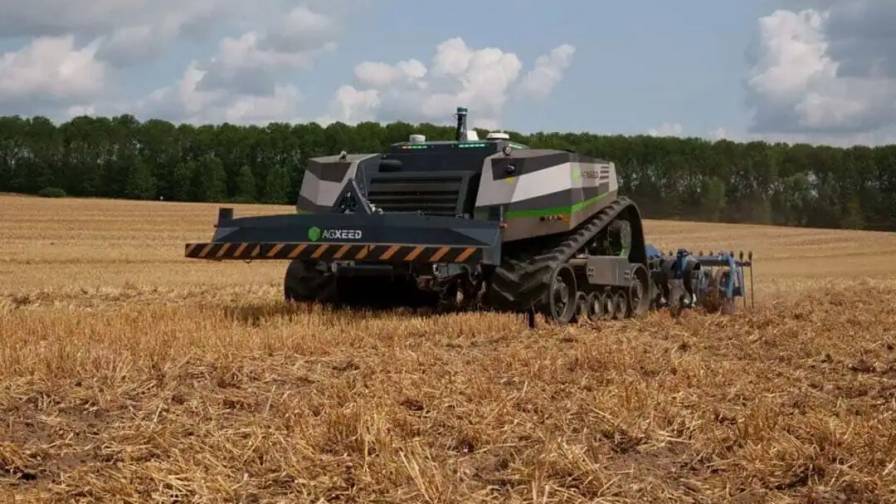Use of Reference Strips to Determine Nitrogen Fertilizer Requirements
In the late 1990’s, Oklahoma State University (OSU) developed a way to determine nitrogen (N) fertilizer requirements, writes Wilma Trujillo on Journal-Advocate.com. The new N management strategy addressed two conditions that greatly affect how much N fertilizer a crop will need for maximum yield: (a) variability within a field (spatial variability); and (b) year-to-year variability over time (temporal variability).
In the past 20 years, spatial variability has been the focus of “precision agriculture” research. It has led to the development of variable rate fertilizer applicators. In contrast, temporal variability was largely ignored until a group of scientists from OSU recently evaluated and described it for wheat and several other crops.
Several studies have demonstrated that the demand for N fertilizer changes from year to year due to variations in environmental conditions (precipitation and temperature). Certainly, yield response to N fertilizer is unpredictable at the time when pre-plant N is being applied. For example, when winters and springs are wet and warm, sufficient N can be mineralized from soil organic matter before and during the growing season. This mineralized-N can be enough to meet the demands for maximum yields. However, the only way to know how much N was made available between planting and time of top-dress would be by using a reference N strip.
Read more at Journal-Advocate.com.










